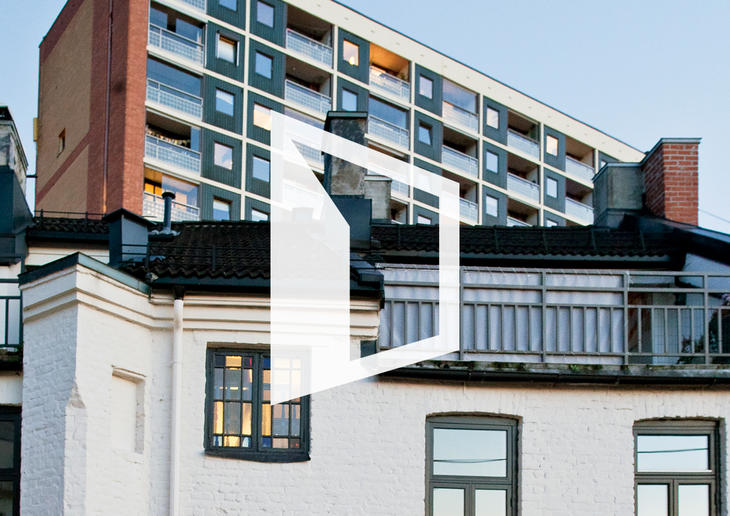
Forecast for the housing market 2020
Real Estate Norway's forecast for the Norwegian housing market in 2020 is an 3 percent increase
The forecast is based on an expected trend in nominal prices through 2020 (12 months growth).
Real Estate Norway is expecting a rise in nominal prices in most of the big cities in Norway, which in total will result in a moderate rise in house prices in the country as a whole in 2020.
- We are in the longest continuous period of moderate price growth in the history of our housing price statistics, and through both 2018 and 2019 the housing market has been stable with a large supply side and many transactions. We expect this trend to continue in 2020, says CEO Christian Vammervold Dreyer og Real Estate Norway.
- The most important drivers in the Norwegian housing market are stable. The Norwegian economy is doing well, which contributes to a stable labor market and solid wage growth. Housing construction is well adapted to household growth, and at the same time, several credit regulations have contributed to reduced purchasing power. All in all, this means that we expect the trend from 2018 and 2019 to continue and that house prices nationally will rise by 3 per cent in 2020, says Dreyer.
Interst rate peaks
In 2019, the key policy rate has been raised three times and in total the interest rate has increased one percentage point since September 2018.
- It is unlikely that interest rates will be raised further. Developments in the Norwegian economy are solid, although much indicates a somewhat lower growth in the coming years. In sum, this still implies job security and solid wage growth, which will correct the reduced purchasing power through higher interest rates, says Dreyer.
Housing construction in balance
The number of completions of new homes has been at historically high levels through 2019, and levels will remain high also through 2020. This contributes to a large volume in the second-hand housing market in 2020 as well.
Population growth has leveled off in 2019, but is now half of what it was at the peak level in 2012. At the same time, household growth has kept up, probably due to fundamental demographic changes.
- Nationally, it is sufficiently built against the growth of households, although there are large regional differences. A long-term challenge is that there is not sufficient pace of regulation in Oslo to meet the underlying housing demand, even though Oslo and Akershus collectively have high construction activity, says Dreyer.
Credit regulation
In 2019, regulations have been implemented for consumer loans and the introduction of debt registers, both of which have a dampening effect on purchasing power. However, there is uncertainty about how much, and there is also uncertainty about how much it will have for the housing market in 2020.
– Minister of Finance Siv Jensen (Frp) clarified in November that the mortgage loan regulations will remain more or less unchanged through 2020. Therefore, there is less uncertainty associated with credit regulations in 2020 than a year ago, says Dreyer.
Forecast for the major cites
Our forecasts for the 12-month growth from January to December 2020 for the major cities are:
Oslo: Up 5 per cent
Bergen: Up 3 per cent
Trondheim: Up 1,5 per cent
Stavanger: Flat 0 per cent
- High start-up of new homes in 2016 and 2017 helps keep the supply side in Oslo at a high level due to many completions through large parts of 2020. Since the peak, the housing starts in Oslo has gone down a lot, which can put pressure on some prices years ahead. But in 2020 there is little evidence of major changes in the Oslo market in 2020 compared with 2019. Therefore, we expect house prices to rise another 5 per cent in Oslo in 2020, says Dreyer.
- The development in Bergen in 2019 has been stronger than many expected at the start of the year. The high rate of construction in the city over many years has contributed to a large supply side in Bergen, while prices have remained at a moderate level over the last five years. We expect the long-term growth rate to continue in 2020 and that prices will rise by 3 per cent, says Dreyer.
- In Trondheim, many new homes have been built over last years, while population growth has kept up. We expect a high supply side through 2020, although supply in the second-hand housing market has dropped significantly through the fall of 2019. We expect prices to rise by 1.5 per cent, says Dreyer.
- Stavanger w /surrounding area is the only area in Norway with a negative development in house prices over the last five years. Although house prices are at a moderate level, prices have not picked up. This is because housing construction has been great even during tougher economic times in the region. At the end of 2019, supply in the second-hand housing market has dropped significantly, and we expect a somewhat better market in 2020 than in 2019. We expect prices in Stavanger in 2020 to be unchanged by 0 percent, Dreyer concludes.






